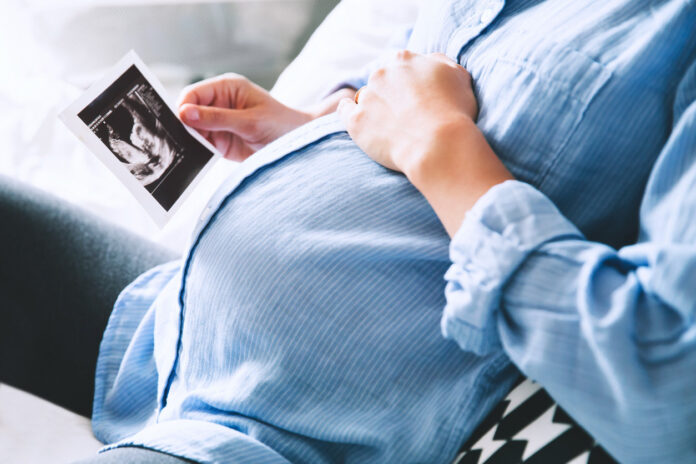In the list of measures included in the pension reform, the surcharge reserved for mothers was added by parliamentarians in order to silence certain debates. Indeed, the unions and many members of the opposition had pointed the finger at an unfair reform for women. After numerous negotiations, the proposal for a surcharge of a maximum of 5% finally won the votes. So what are the conditions for this premium today? Who will benefit most from this expected measure?
This is one of the measures torn from the executive after long weeks of negotiations: the 5% surcharge for mothers will finally see the light of day. As of September 1, the date of implementation of the pension reform, this surcharge will concern the retirement pensions of mothers from the age of 63. Indeed, the latter will be able to claim it when they reach the full rate before age 64. In this context, the quarters assimilated for the birth and education of children, i.e. 8 for the private sector and 2 in the public sector, offer those who have a full career a full rate from the age of 62.
However, faced with the postponement of the legal age from 62 to 64, which could cause them to lose the benefit of this surcharge, a new system has been put in place. Consequently, for women who have obtained their full rate from the age of 63, a surcharge of 1.25% per additional quarter may be applied, provided that they have contributed at least one quarter of the increase in the duration of insurance under the maternity, adoption or child rearing.
However, some conditions are necessary to obtain this premium. It cannot therefore exceed 5%, i.e. 4 additional quarters beyond the full rate and will only concern the basic pension. According to the differences between a former private sector employee and a former civil servant, as well as the cap on the basic pension for employees, the difference in premium between an employee and a civil servant could double.
Thus, the higher the pension level, the greater the difference. In the case of an employee receiving a pension of 1,400 euros and having contributed an additional quarter beyond the full rate, the premium will be 12.25 euros per month. On the contrary, for a civil servant, it will be 17.15 euros.
In a simple calculation, the greater the premium, the greater the gaps. Therefore, for an employee with a pension of 1400 euros, with a 5% bonus and 4 additional quarters at the full rate, an additional sum of 49 euros per month will be paid to her. In the same case, a civil servant will receive 68.60 euros more.
This difference is also explained by a different number of terms granted depending on the status. For a private sector employee, 8 terms are offered per child, while for civil servants, only 2 terms are offered. Consequently, the number of retired former civil servants who can benefit from this bonus should be lower than that of employees.















